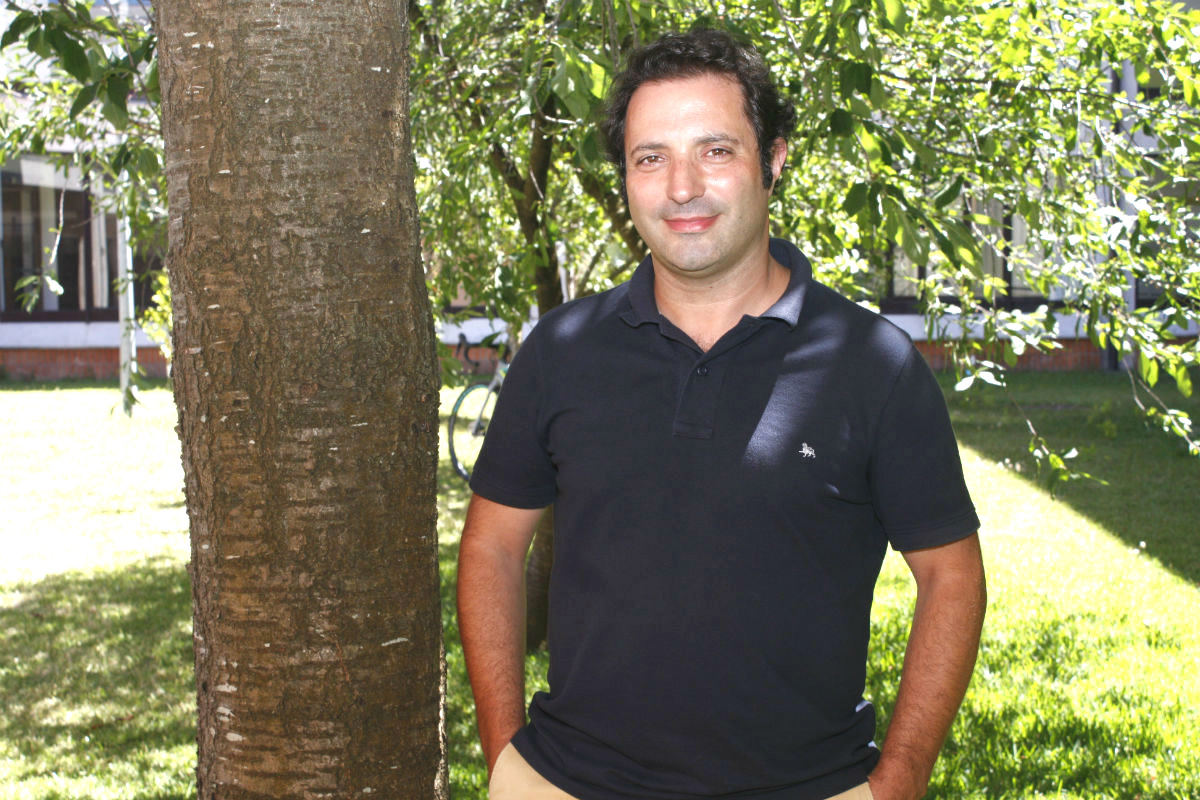Biologist Carlos Fonseca, from CESAM/DBIO, was one of the experts who contributed to the Forest Intervention Plan 2025–2050. The document, already presented by the Government, outlines a strategic approach aimed at creating and enhancing the value of forests by increasing productivity and the income of forest producers.
The Forest Intervention Plan 2025–2050 is structured around four key pillars: valorization, resilience, ownership, and governance. This document, resulting from a Council of Ministers resolution dated September 27, was developed under the coordination of the Minister of Agriculture and Fisheries, José Manuel Fernandes, in collaboration with other governmental departments.
According to Professor and Researcher Carlos Fonseca, the plan aims to generate value in the forest sector by increasing productivity, promoting multipurpose use, and improving the profitability of forest producers — including the valorization of non-timber forest products. In terms of fire resilience, the plan foresees strengthening rural fire crime investigation teams, as well as expanding the resources of the State Secretariat for Forests to support this objective. Moreover, fuel load reduction will be promoted through grazing and other land-based activities, complemented by the monitoring and control of invasive species, the enhancement of native tree species, and the reinforcement of the forest ranger program.
The plan also includes strengthening the role of municipalities, Intermunicipal Communities, and forest producer organizations in fuel management. It further proposes the improvement and maintenance of the forest road network, which is essential for effective wildfire response and the mobility of forest agents.
Another key aspect is the proposal to revise current legislation, allowing the State to intervene more swiftly on private lands to carry out fuel management actions. These measures aim to foster a more sustainable and economically viable forest, ensuring its preservation and long-term value.
Originally published in: UA Notícias, March 26, 2025
